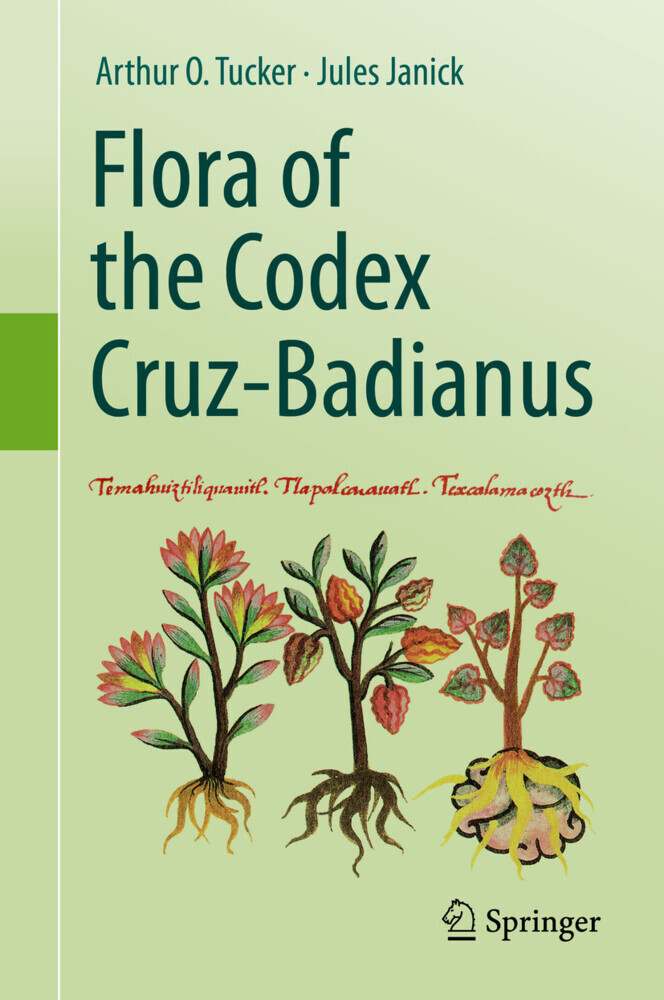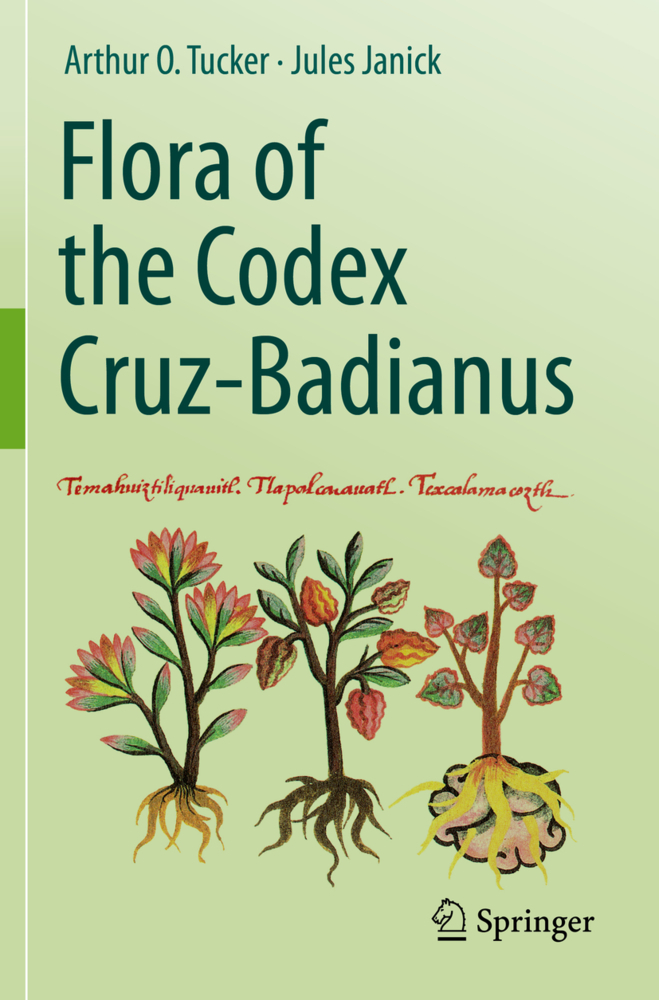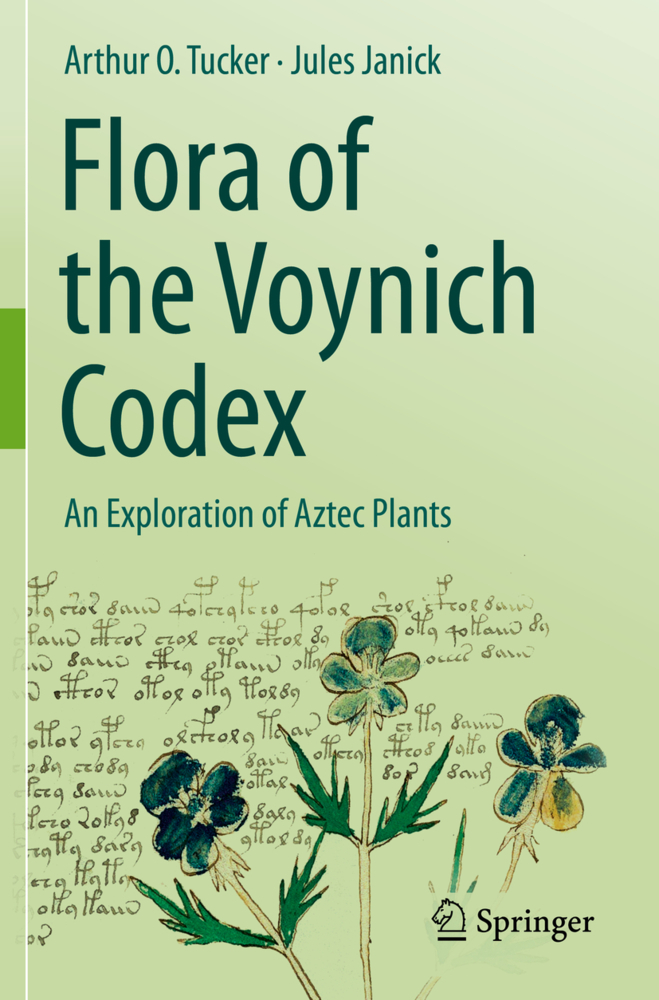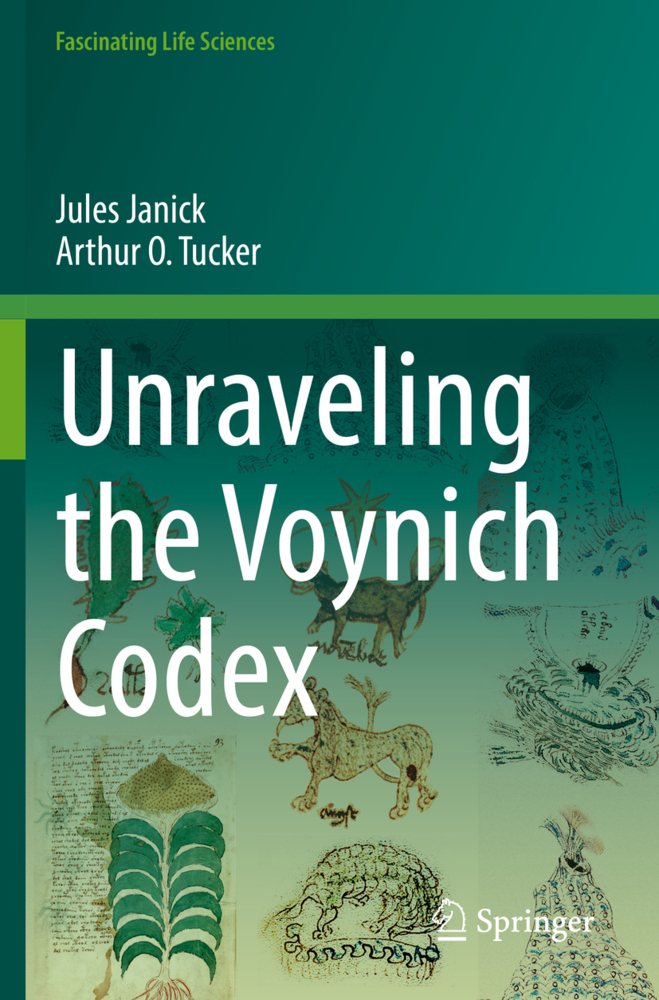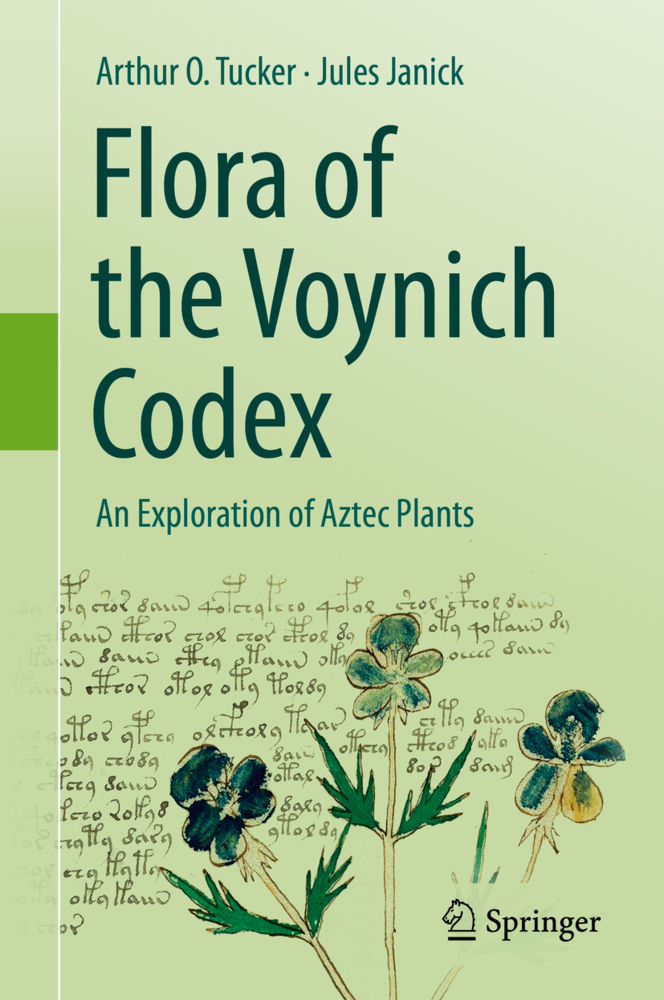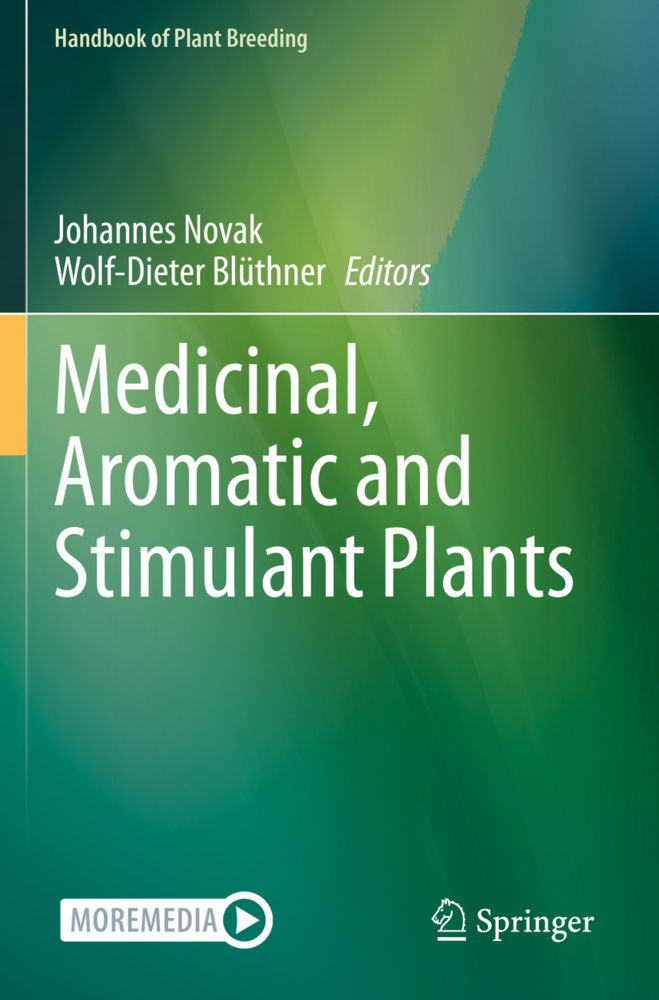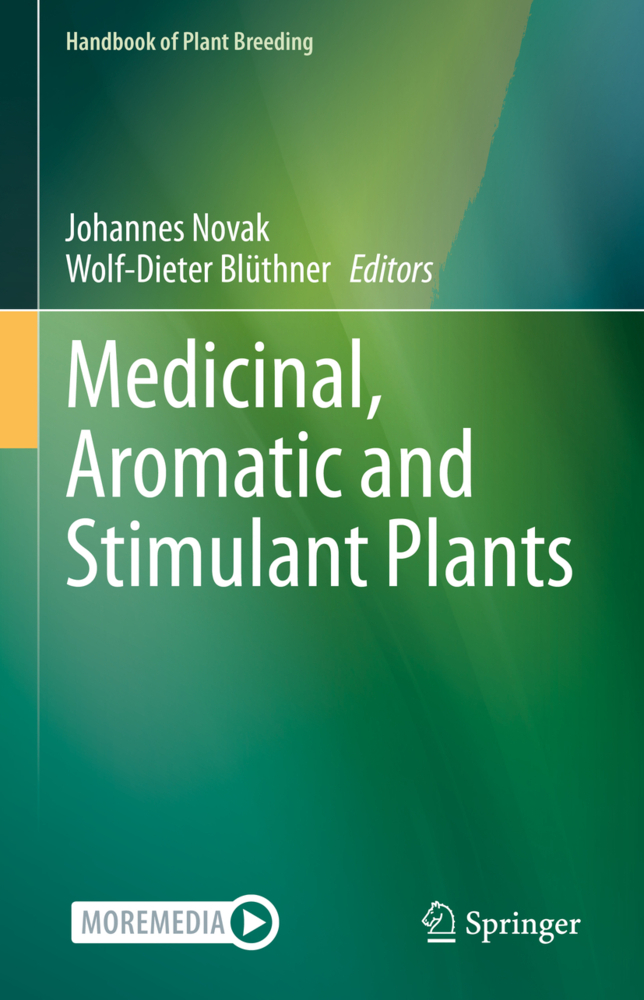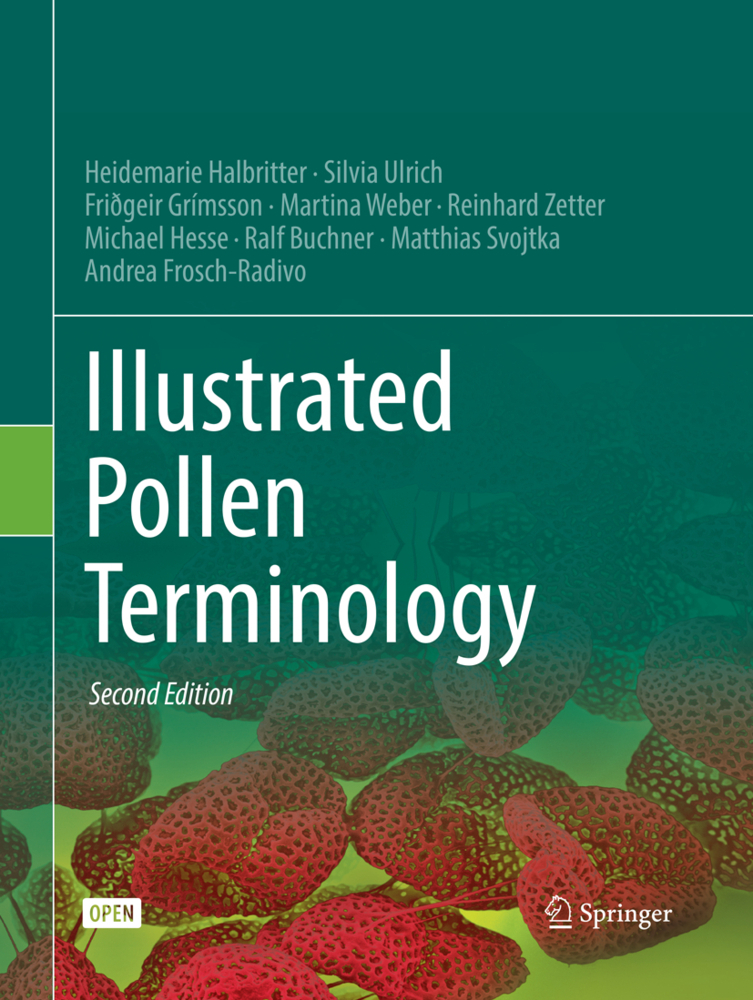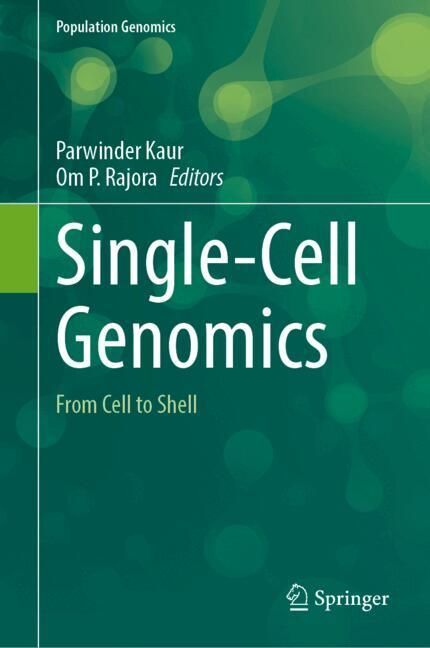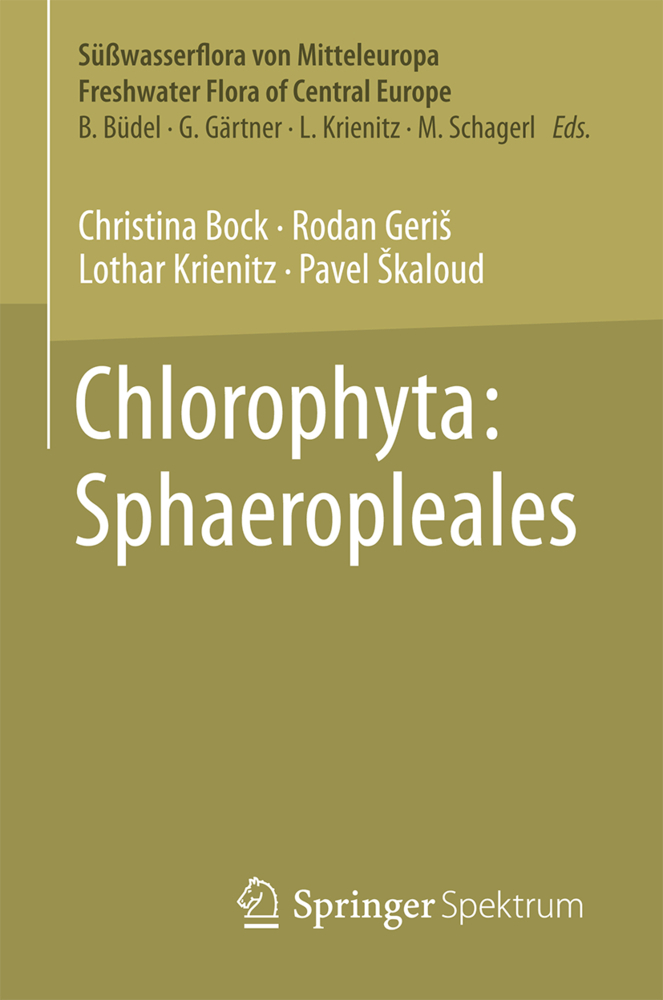In 1929, Charles Upson Clark (1975-1960), a history Professor at Columbia University carrying out bibliographic research on the early history of the Americas in the Vatican Library, came across a remarkable illustrated Latin manuscript entitled Libellus de Medicinalibus Indorum Herbis (Little Book of Indian Medicinal Herbs) completed in 1552. The manuscript now known as the Codex Cruz-Badianus (CCB) contained 185 illustrations (phytomorphs) of plants with text that described their medicinal uses. This manuscript spread new light on botanical and medicinal knowledge of the indigenous peoples of Mexico known today as the Nahuas or Aztecs. It was to have major repercussions on our knowledge of Aztec culture and the history of New Spain in the 16th century.
CCB was produced at the Colegio of Imperial de Santa Cruz at Tlatelolco established in 1536 to train sons of the Aztec nobility for the clergy. The authors were two indigenous faculty members, Martin (Martinus in Latin) de la Cruz and Juan Badiano (Juannes Badianus in Latin) whose Spanish names were conferred upon their baptism. Martin de la Cruz was the Colegio's indigenous doctor who gave instruction in medicine and Juan Badiano, a Latin teacher and former student translated the book into Latin.
The herbal dedicated to the Viceroy Francisco de Mendoza was sent to Spain as a gift to King Carlos I soon after its completion in 1552. The original ended up in the Vatican Library until 1990 when John Paul II returned it to Mexico. In 1931, the Mayanist scholar, William Gates, and the biologist Emily Walcott Emmart became aware of the manuscript and independently translated it to English. In 2009, Martin Clayton, Luigi Guerrini, and Alejandro de Avila identified plants of the CCB based on Emmart's book and a 17th century copy found in the Windsor library. Of the 185 phytomophs, Gates identified 85 on the generic level, Emmart 9, and Clayton et al. 126. However most of these identifications disagree. In the present work, 183 of 185 phytomorphs are systematically re-evaluated and identified on the generic, as well as specific level, along with their botanical descriptions, previous identifications, putative identification, distribution, names, and uses.
Dr. Arthur O Tucker, a plant taxonomist, was Professor Emeritus of Delaware State University and Founder and Co-Director Claude E. Phillips Herbarium (87th largest out of 525 herbaria in the U.S.). He was an expert in worldwide plant identification and the co-author of five books, including The Encyclopedia of Herbs. He has authored or co-authored 30 book chapters, 91 refereed scientific publications, and 169 popular publications. Tucker is the coauthor of Unraveling the Voynich Codex, and Flora of the Voynich Code: An Exploration of Aztec Plants, both published by Springer in 2018 and 2019. Dr Tucker died on August 5, 2019 after completion of the first draft of this volume.
Dr. Jules Janick is the James Troop Distinguished Professor in the Department of Horticulture and Landscape Architecture at Purdue University. He is the Founder and Editor of Horticultural Reviews and Plant Breeding Review. He has authored or edited over 150 volumes, and has published 500 papers on horticulture, genetics and breeding, horticultural history, art, and iconography. Janick is the coauthor of Unraveling the Voynich Codex, and Flora of the Voynich Codex: An Exploration of Aztec Plants, both published by Springer in 2018 and 2019.
CCB was produced at the Colegio of Imperial de Santa Cruz at Tlatelolco established in 1536 to train sons of the Aztec nobility for the clergy. The authors were two indigenous faculty members, Martin (Martinus in Latin) de la Cruz and Juan Badiano (Juannes Badianus in Latin) whose Spanish names were conferred upon their baptism. Martin de la Cruz was the Colegio's indigenous doctor who gave instruction in medicine and Juan Badiano, a Latin teacher and former student translated the book into Latin.
The herbal dedicated to the Viceroy Francisco de Mendoza was sent to Spain as a gift to King Carlos I soon after its completion in 1552. The original ended up in the Vatican Library until 1990 when John Paul II returned it to Mexico. In 1931, the Mayanist scholar, William Gates, and the biologist Emily Walcott Emmart became aware of the manuscript and independently translated it to English. In 2009, Martin Clayton, Luigi Guerrini, and Alejandro de Avila identified plants of the CCB based on Emmart's book and a 17th century copy found in the Windsor library. Of the 185 phytomophs, Gates identified 85 on the generic level, Emmart 9, and Clayton et al. 126. However most of these identifications disagree. In the present work, 183 of 185 phytomorphs are systematically re-evaluated and identified on the generic, as well as specific level, along with their botanical descriptions, previous identifications, putative identification, distribution, names, and uses.
Dr. Arthur O Tucker, a plant taxonomist, was Professor Emeritus of Delaware State University and Founder and Co-Director Claude E. Phillips Herbarium (87th largest out of 525 herbaria in the U.S.). He was an expert in worldwide plant identification and the co-author of five books, including The Encyclopedia of Herbs. He has authored or co-authored 30 book chapters, 91 refereed scientific publications, and 169 popular publications. Tucker is the coauthor of Unraveling the Voynich Codex, and Flora of the Voynich Code: An Exploration of Aztec Plants, both published by Springer in 2018 and 2019. Dr Tucker died on August 5, 2019 after completion of the first draft of this volume.
Dr. Jules Janick is the James Troop Distinguished Professor in the Department of Horticulture and Landscape Architecture at Purdue University. He is the Founder and Editor of Horticultural Reviews and Plant Breeding Review. He has authored or edited over 150 volumes, and has published 500 papers on horticulture, genetics and breeding, horticultural history, art, and iconography. Janick is the coauthor of Unraveling the Voynich Codex, and Flora of the Voynich Codex: An Exploration of Aztec Plants, both published by Springer in 2018 and 2019.
| ISBN | 9783030469597 |
|---|---|
| Artikelnummer | 9783030469597 |
| Medientyp | E-Book - PDF |
| Copyrightjahr | 2020 |
| Verlag | Springer-Verlag |
| Umfang | 321 Seiten |
| Sprache | Englisch |
| Kopierschutz | Digitales Wasserzeichen |

